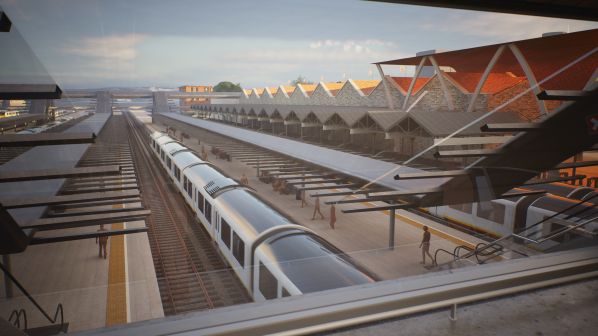THE British and Kenyan governments have unveiled the final design of Nairobi’s new Central Railway Station and surrounding public area, which has been developed as part of the Nairobi Railway City redevelopment programme.
The design was developed by SNC-Lavalin subsidiary Atkins and submitted to Kenya Railways and the Ministry of Transport.
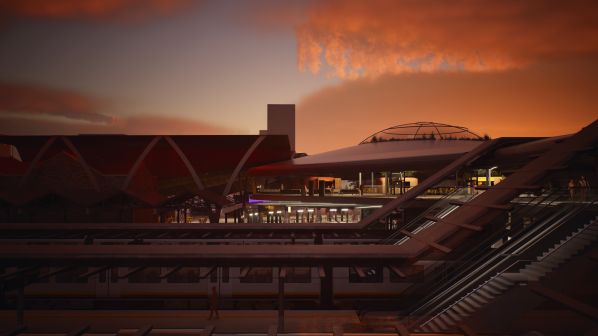
The station is designed to accommodate up to 30,000 passengers per hour at peak periods, and will have 6000m2 of concourse space. The station will offer a new covered public space for the city with retail outlets and other amenities in addition to an efficient. It features separate entrance and exit routes to avoid conflicting flows and ensure passengers can get to and from the platforms efficiently.
Three existing platforms will be joined by six additional passenger platforms, and four dedicated freight lines will be built. Two platform bridges will be built, with one for passengers entering the station and one for passengers exiting.
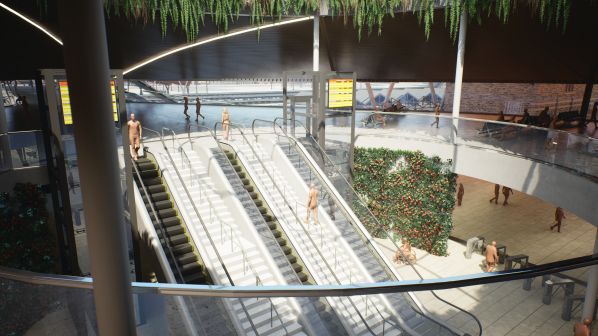
Atkins says the station is designed to be delivered in stages, with the first stage on one side of the railway and a second facility added on the other side.
The design features extensive use of local and low-embodied energy materials. The station will also utilise passive and nature-based solutions to minimise energy use in operations, including up to 11,000m2 of photovoltaics to generate energy for the station and surrounding areas. There will also be extensive rain and surface water harvesting, stored in natural flood areas and attenuation tanks to supply water to the station and reduce the load on the municipal storm water system thus bolstering the resilience of the city’s infrastructure.
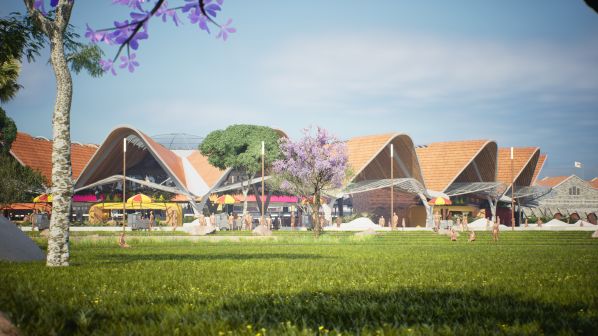
The Nairobi Railway City and Central Station Project is a flagship initiative to redevelop 172ha of central Nairobi. Kenya’s president, Mr Uhuru Kenyatta, asked British prime minister, Mr Boris Johnson, for support to take the project forward in January 2020.
Since then, a team of British-funded experts have worked with various Kenyan stakeholders to develop a viable implementation plan, including offering advice on urban planning, climate-resilient green building principles, financial structuring, and investment mobilisation.
“Great cities like Nairobi will need to become more climate-resilient, but also more climate-friendly - less carbon-intensive to build, to travel around, and to live in,” says the British prime minister’s G7 Sherpa, Mr Jonathan Black. “That is why it is such a pleasure to be here today for the launch of the design for the new central station and public realm that will sit at the heart of Nairobi Railway City.”
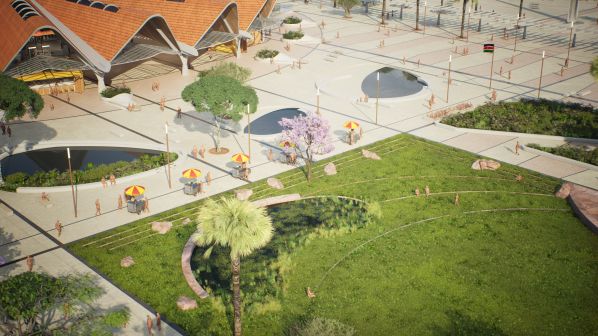
“Nairobi Railway City is a flagship project in the British-Kenya Strategic Partnership which was agreed by the British prime minister and president Uhuru Kenyatta during the Africa Investment Summit in 2020,” says British deputy high commissioner and development director, Mr Julius Court. “Today’s event is a true sign of our growing strength and integration of Britain’s infrastructure offer to Kenya and Britain’s commitment to the Build Back Better World and Clean Green Initiative delivering investment in clean and green infrastructure.”
“Nairobi Railway City is a hugely important, flagship project in the heart of the city and the gateway to East Africa,” says Atkins design director, Mr Chris Crombie. “The design and vision we have created, working alongside Howard Humphreys, is a real case-study example of how to create transit-orientated development with climate adaptation built in. The railway city project will support the Kenyan government in its commitment to deliver jobs, as well as green and sustainable infrastructure that drives regeneration.”
For detailed data on rail projects in Africa and around the world, subscribe to IRJ Pro.
